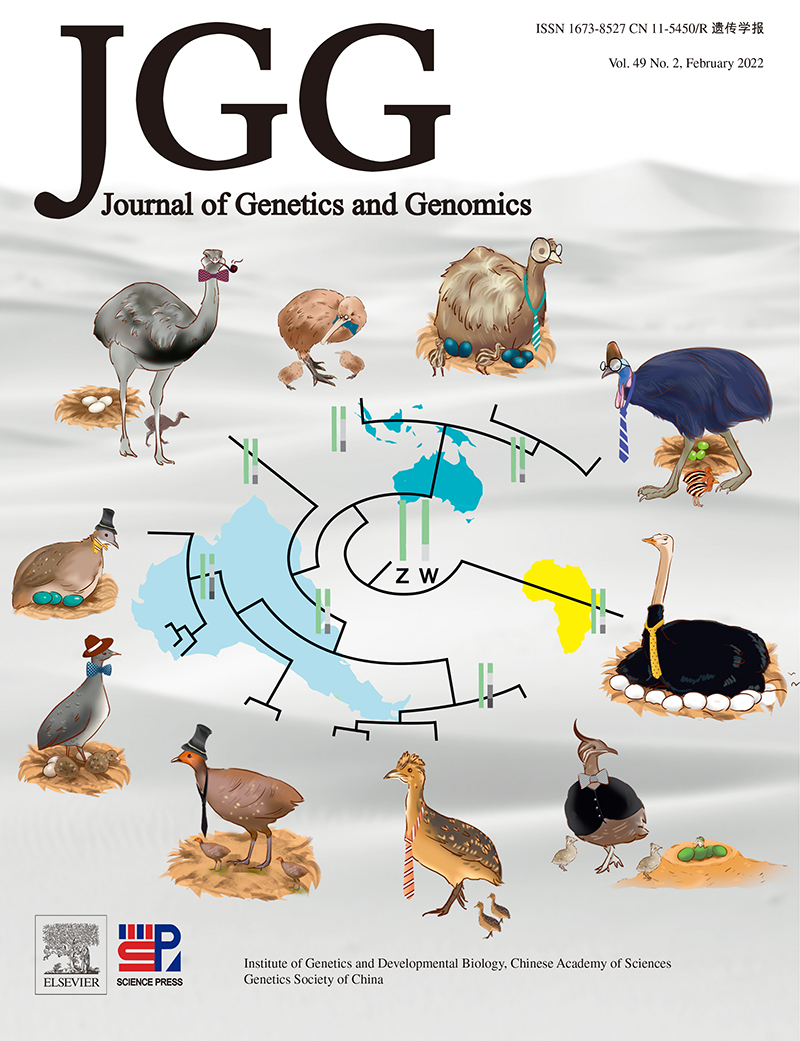2022 Vol. 49, No. 2
Display Method:
The role of genotype and diet in shaping gut microbiome in a genetic vitamin A deficient mouse model
2022, 49(2): 155-164.
doi: 10.1016/j.jgg.2021.08.015
Abstract:
Genome-wide meta-analysis identifies ten new psoriasis susceptibility loci in the Chinese population
2022, 49(2): 177-180.
doi: 10.1016/j.jgg.2021.10.001
Abstract:







